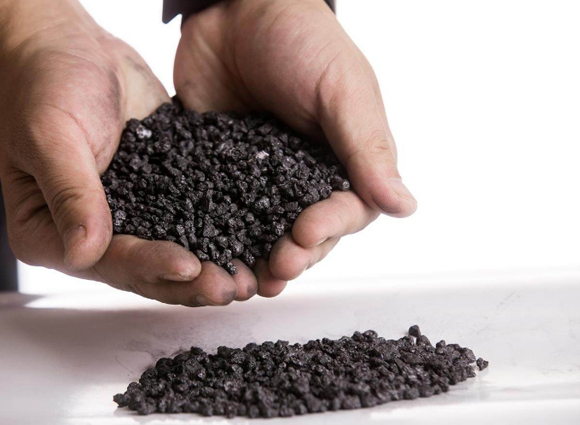
Calcined petroleum coke, often referred to as 'CPC', is a product derived from the process of transforming petroleum pitch into a usable material. The process is carried out within a calciner, and results in a substance that boasts a myriad of industrial applications.
Calcined petroleum coke is produced from raw petroleum coke, also known as green coke. This raw material is a byproduct of the oil refining process. During the process, crude oil is cracked to gasoline, which leaves behind a residual crude with a high percentage of carbon. This 'green' coke is then heated in a calciner, a large temperature-controlled furnace. The high temperatures remove moisture, volatile matter, and impurities, leaving behind pure calcined petroleum coke.

Calcined petroleum coke is known for its high carbon content, typically over 98%, and low levels of impurities such as sulfur and nitrogen. It also possesses low metal content, making it an excellent reducing agent. Its physical properties, such as electrical conductivity and thermal conductivity, are also highly desirable in various industries.
One of the primary uses of calcined petroleum coke is in the aluminum industry, where it is used in the production of anodes for the reduction process in smelting. It is also used in the production of steel, where it acts as a fuel and reducing agent in the smelting process. Other uses include the production of titanium dioxide, a key ingredient in paints and coatings, and in the production of carbon electrodes for the electric arc furnace steel industry.
As with any industrial process, the production and use of calcined petroleum coke have certain environmental implications. The calcining process produces greenhouse gases, primarily carbon dioxide, which contribute to global warming. However, technological advancements and stricter regulations have led to significant reductions in these emissions.

Write a Message